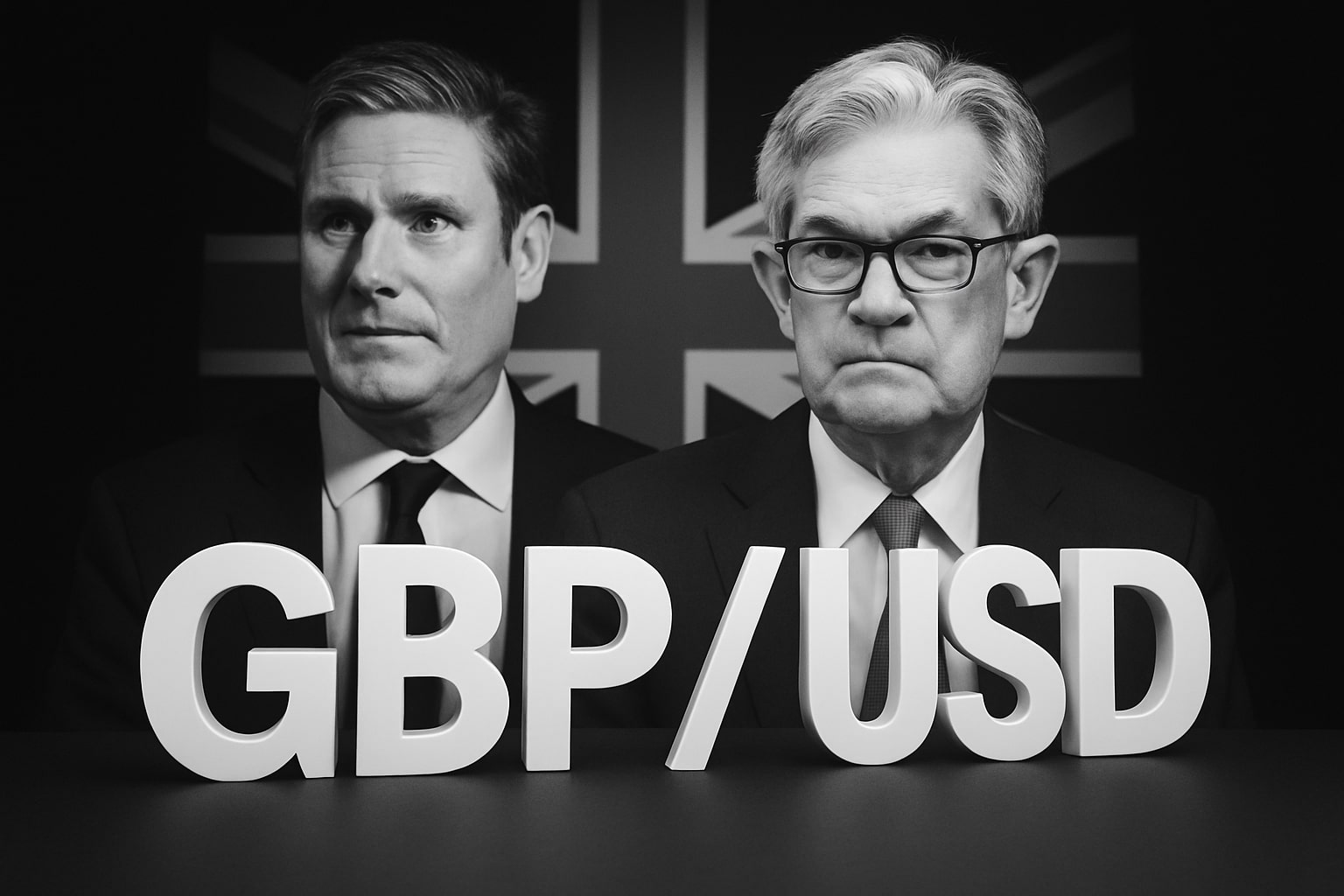
Ethereum Price Forecast - ETH-USD Holds Firm Above $3,000 as ETF Inflows and Fusaka Upgrade Strengthen Bullish Outlook
Ethereum trades at $3,017 with 2.44% daily gains as institutional inflows hit $291M, whales accumulate, and the December Fusaka upgrade sparks renewed bullish sentiment | That's TradingNEWS
Ethereum (ETH-USD) Builds Momentum Above $3,000 as Institutional Inflows, Quantum Risk, and Fusaka Upgrade Define Market Structure
Ethereum (ETH-USD) trades at $3,017.81, up 2.44% in 24 hours, regaining traction after a volatile month where price oscillated between $2,762 and $3,100. The recovery above the psychological $3,000 mark is driven by renewed institutional accumulation, the upcoming Fusaka network upgrade, and a stabilization in derivatives positioning after heavy spot outflows. ETH remains 40% below its all-time high, but recent structural and technical catalysts are shifting sentiment toward a measured bullish bias across both retail and institutional desks.
Institutional Activity Rebuilds Confidence Around $3,000
The resurgence in Ethereum ETFs has been one of the clearest short-term demand signals. Spot Ethereum ETFs recorded four consecutive days of inflows totaling $291.7 million, led by BlackRock’s ETHA, which alone added $50.2 million on November 26. Total cumulative inflows across U.S. ETH products have now surpassed $12.9 billion, offsetting the red streak of October’s net outflows. These inflows have helped balance the $71.36 million in spot exchange outflows recorded on November 27, reflecting simultaneous accumulation via institutional channels and distribution from shorter-term holders.
In parallel, the Bhutan government confirmed a 320 ETH deposit (≈$928,000) to Figment’s staking platform, signaling that sovereign entities are beginning to integrate Ethereum staking into treasury diversification. The move represents a direct endorsement of Ethereum’s proof-of-stake infrastructure and aligns with the global trend of governments exploring blockchain-based yield generation. Staking returns currently average 3–5% annually, and Bhutan’s allocation demonstrates an understanding of Ethereum as both a yield-generating and strategic asset.
Vitalik Buterin’s Strategic Transfers and Privacy Advocacy
Ethereum’s co-founder Vitalik Buterin transferred 1,009 ETH ($2.94 million) to the Railgun privacy protocol, prompting speculation of potential repositioning. The assets remain under Buterin’s control, suggesting an operational maneuver rather than liquidation. Earlier in the week, he donated 128 ETH ($760,000) to privacy projects Session and SimpleX Chat, reinforcing his focus on decentralized metadata protection and communication privacy. Buterin warned that 10.4% of total Ether supply is now held by institutional entities, increasing the risk of protocol centralization. Additionally, he reiterated concerns over quantum computing threats by 2028, arguing for multi-layered cryptographic upgrades within the Ethereum framework.
His message underscores a key divide in Ethereum’s evolution — the balance between mass adoption via traditional finance and maintaining decentralization as institutional capital scales into the ecosystem.
Fusaka Upgrade and PeerDAS Technology Could Redefine Scalability
The Fusaka network upgrade, scheduled for December 3, 2025, is the most significant technical development since Dencun. It introduces PeerDAS (Peer Data Availability Sampling) — a data validation method enabling nodes to verify random portions of a block instead of the full dataset. This architecture can expand Ethereum’s data capacity eightfold and reduce rollup costs by over 70%, making Layer-2 execution faster and cheaper. The Fusaka upgrade will directly enhance the efficiency of decentralized exchanges, NFT platforms, and L2 rollups like Arbitrum and Optimism, potentially driving on-chain volumes back above $30 billion monthly.
The network’s scalability overhaul coincides with growing ETF and DeFi demand, setting up a convergence between institutional accessibility and technical usability. Market makers expect Fusaka’s activation to reduce average gas fees from 38 gwei to under 15 gwei, restoring Ethereum’s competitiveness against Solana and Avalanche in transaction throughput.
Derivatives Market Repositions for a Break Above Resistance
Ethereum’s futures open interest surged to $36.57 billion, up 2.08% in 24 hours, indicating that leveraged traders are rebuilding exposure into dips. Options open interest climbed to $11.8 billion, with a 9% increase in daily volume, suggesting positioning for higher volatility. Funding rates remain neutral-to-positive across major exchanges. On Binance, long-to-short ratios hover at 1.92, OKX at 1.68, and top traders on Binance report a 3.01 ratio, signaling confidence in eventual upside.
The short-term rejection at $3,068–$3,072 — the 4-hour 100 EMA and upper Bollinger Band — marked a critical resistance test. Support sits at $2,945, aligning with the lower Bollinger Band and intraday channel base. A sustained close above $3,068 could unlock a push toward $3,150–$3,300, while a breakdown under $2,945 risks retesting $2,817–$2,880. The technical alignment remains mixed, with the 20 and 50 EMAs below the 100 EMA, but the structure of higher lows remains intact since the November 23 low.
On-Chain Behavior: Long-Term Holders Defend the $2,800 Zone
The HODLer Net Position Change metric shows accumulation resuming among wallets inactive for over six months. Long-term holders added roughly 110,000 ETH to cold storage since November 20, with the number of addresses holding over 10,000 ETH rising 2% month-over-month. These movements indicate growing conviction in Ethereum’s structural recovery even as new wallet creation remains flat. The lack of fresh retail inflows suggests this rebound is institutionally led, not speculative.
Wave Structures and Technical Mapping Point to $3,550
Elliott Wave interpretations identify the drop below $3,000 as a Wave 2 correction, typically preceding expansive Wave 3 rallies. Analysts note prior Wave 2 phases in ETH were followed by average price gains of 24–38%, which would project potential upside targets of $3,550–$3,600 if volume confirms. The RSI at 58 remains below overbought territory, and MACD histograms continue trending positive across 4-hour and daily timeframes. As long as price sustains above $2,850, technical structure favors a continuation toward the upper channel resistance.
Options data shows strikes concentrated at $3,500 for March expirations, signaling market expectation for higher ETH valuations through Q1 2026. Derivative traders’ positioning aligns with a recovery narrative supported by upcoming fundamental catalysts like Fusaka.
Read More
-
Robinhood Stock Price Forecast - HOOD Shares Rockets Past $128 After 270% Profit Jump
27.11.2025 · TradingNEWS ArchiveStocks
-
XRP Price Forecast - XRP-USD Climbs to $2.21 as XRP ETF Demand Surges and UAE Greenlights RLUSD Stablecoin
27.11.2025 · TradingNEWS ArchiveCrypto
-
Oil Price Forecast - Oil Markets Slide: WTI (CL=F) Near $58, Brent (BZ=F) at $62 Amid OPEC+ Output Expansion
27.11.2025 · TradingNEWS ArchiveCommodities
-
Stock Market Today - Dow 47,427 and Nasdaq 23,214 — Fed Cut Bets Power DELL, HOOD, and URBN in Holiday Rally
27.11.2025 · TradingNEWS ArchiveMarkets
-
GBP/USD Price Forecast - Pound Holds Above 1.32 as Fed Rate Cut Bets and U.K. £22B Fiscal Cushion Lift the Pound
27.11.2025 · TradingNEWS ArchiveForex
ETF and Whale Accumulation Reinforce Medium-Term Bullish Bias
Whale wallets withdrew over 150,000 ETH from exchanges in the past week, reducing available market supply. Major wallet cluster analysis reveals that this accumulation is occurring among both historical whales and newly created institutional addresses. Entities like Bitmine hold 3.63 million ETH ($10.25B) at an average entry price near $3,997, currently operating at an unrealized loss of $4.25 billion, but continuing to average down.
These flows confirm that large holders are positioning for medium-term appreciation rather than short-term speculation. The ETH/BTC ratio stabilizing around 0.025 further validates Ethereum’s relative strength recovery versus Bitcoin, signaling a pause in BTC dominance and potential rotation toward altcoin leadership as ETF inflows diversify across top-layer assets.
Macroeconomic and Market Forces: Fed Outlook and Volatility Compression
Expectations for a December Fed rate cut (85% probability) have injected new optimism into risk assets. As yields decline, Ethereum’s correlation with equities (S&P 500 +0.69%) has tightened, attracting crossover institutional flows. However, five of the last six weeks have still shown declining ETF inflows prior to this rebound, emphasizing fragility in sustained momentum. Inflation moderation and a softer labor outlook remain essential for liquidity expansion that supports crypto valuations.
Volatility remains compressed — the ETH 30-day implied volatility index sits near 42, well below historical norms around 60–70, suggesting the market is coiling for a breakout. If realized volatility expands while ETH sustains above $3,000, leveraged positioning could accelerate upside toward $3,500. Conversely, failure to defend $2,945 would trigger rapid liquidation cascades, potentially sending price toward $2,800 before stabilizing.
Real-World Adoption and Layer-2 Expansion Following Fusaka
The Fusaka upgrade’s impact extends beyond scalability — it enhances Layer-2 ecosystems critical for enterprise adoption. With PeerDAS enabling faster data sampling, L2 networks can process higher transaction throughput with drastically lower fees. This directly benefits projects tokenizing real-world assets, a sector expected to exceed $20 trillion in on-chain value by 2030. The upgrade also enhances rollup efficiency, making Ethereum’s L2 stack more competitive against Solana’s high-speed execution model.
DeFi and NFT ecosystems will likely reaccelerate, with total value locked (TVL) projected to rise from $51.2 billion currently to above $60 billion if fee reduction materializes as modeled. ETH’s fundamental value proposition strengthens under this framework — combining scalability, decentralization, and institutional-grade participation through ETFs and staking.
Quantum Threats and Centralization Risk: Buterin’s Long-Term Warning
Vitalik Buterin’s warning about quantum computing risks by 2028 cannot be dismissed as speculative. Ethereum’s current cryptography, based on elliptic-curve signatures, could become vulnerable if quantum processors achieve sufficient qubit stability. Buterin’s advocacy for quantum-resistant cryptographic primitives and multi-signature wallet adoption represents proactive mitigation. Simultaneously, his concern over 10.4% institutional Ether concentration highlights the risk of governance skew as major custodians accumulate control.
Market Sentiment and Immediate Outlook
Despite mixed technical alignment, sentiment has shifted from defensive to constructive. The consolidation between $2,945 and $3,068 forms a compression zone preparing for expansion. With institutional inflows, whale accumulation, ETF growth, and the Fusaka catalyst approaching, Ethereum’s risk-reward profile leans bullish. However, traders remain sensitive to liquidity shifts — sustained inflows and strong volume confirmation above $3,100 are needed to trigger acceleration toward $3,550–$3,600.
Verdict: Buy — Ethereum Positioned for $3,550 Target into Fusaka Activation
Based on current data, Ethereum (ETH-USD) maintains a Buy bias, targeting $3,550 as the next technical objective. Fundamentals align with improving ETF demand, whale accumulation, and network upgrades that strengthen scalability and institutional adoption. Downside risk remains defined at $2,800–$2,850, while macro liquidity conditions and Fusaka’s activation could determine whether ETH transitions into a new cyclical expansion phase


















